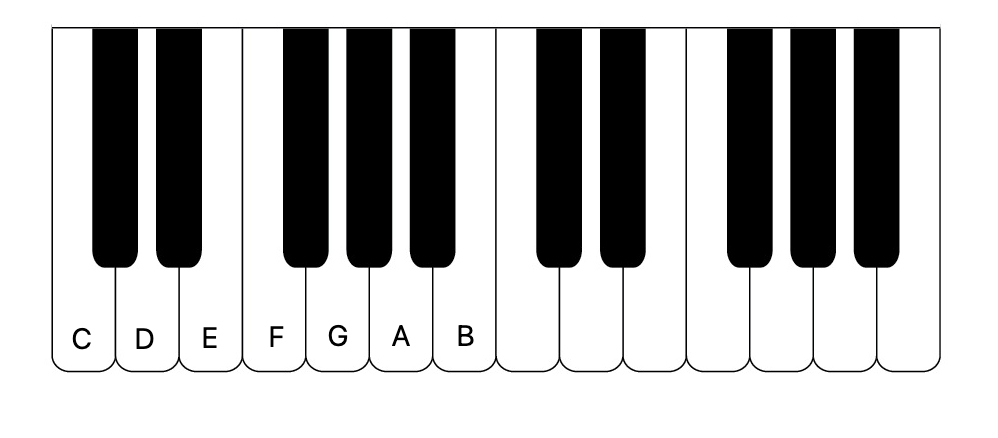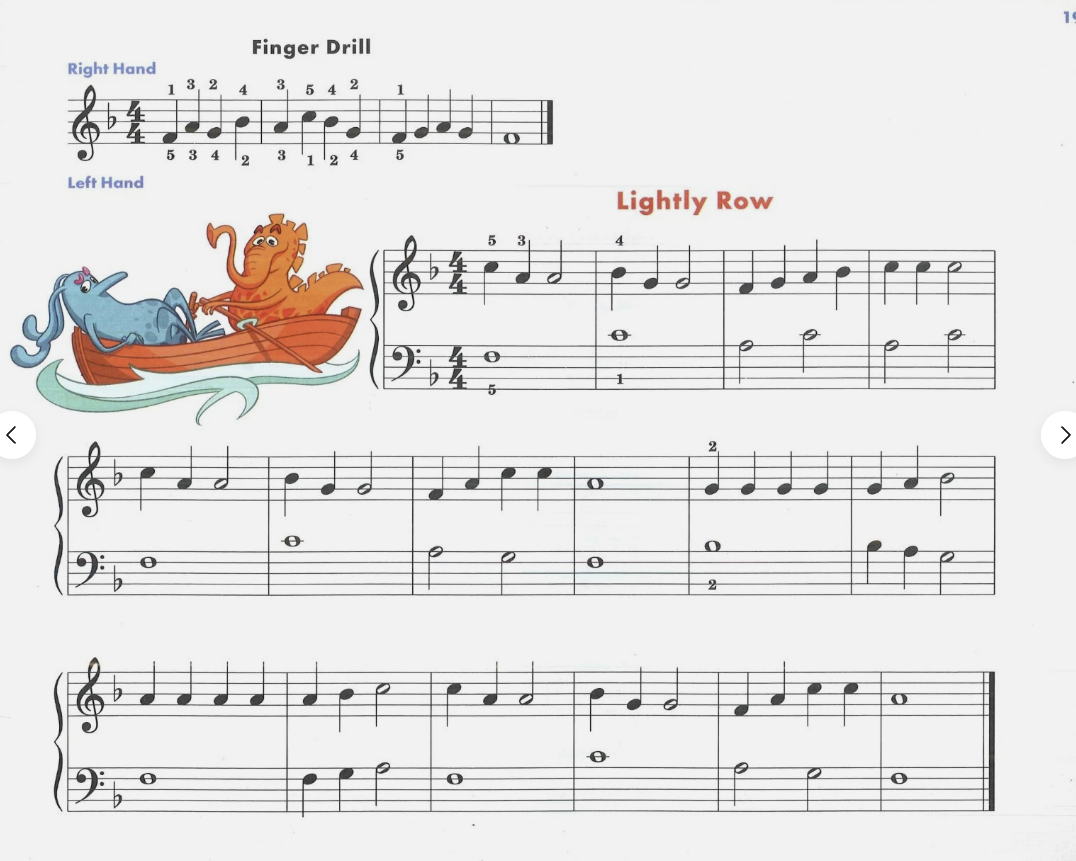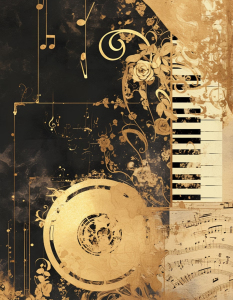Classic Sheet Music: Understanding Movable Do vs. Fixed Do
In music education, solfège syllables like Do, Re, Mi, Fa, So, La, and Ti are foundational tools for vocal training. These syllables correspond to specific notes on the keyboard, which use the letter names C, D, E, F, G, A, and B.

However, when singing from notation, students often encounter a discrepancy between what they see and what they hear—especially if the piece isn’t in C major. For example, one person might sing “Do La La, Ti So So…” while another sings “So Mi Mi, Fa Re Re…” for the same passage. This difference stems from the use of two distinct solfège systems: Fixed Do and Movable Do.

Fixed Do System
In the Fixed Do system, “Do” is always assigned to the note C, no matter what key the piece is in. Likewise, D is always “Re,” E is always “Mi,” and so on. This method aligns precisely with how notes appear in classic sheet music and on the keyboard.

Advantages of Fixed Do:
1. You don’t need to determine the key to begin singing—each pitch has a fixed syllable.
2. It aligns directly with the keyboard, which is helpful for players learning to sing and play simultaneously.
3. Traditional staff notation is based on this system, making it a natural fit for reading and singing from sheet music.
However, when a piece contains many sharps or flats, Fixed Do can become more difficult for beginners, as it doesn’t adapt easily to accidentals.
In Fixed Do, the earlier melody would be sung as: “Do La La, Ti So So…”
Movable Do System
In the Movable Do system, the tonic of the current key becomes “Do.” This means that in C major, C is “Do”; in G major, G is “Do”; and in F major, F is “Do.” The syllables then adjust based on the key.
When singing in G, F and D major:

For minor keys, the tonic becomes “La” instead of “Do,” following the structure of the relative major. This approach is often easier for students who use simplified notation or are trained aurally.
Advantages of Movable Do:
1. It emphasizes tonal relationships, making it easier for beginners to sing in tune.
2. It aligns well with simplified numeric notation systems like jianpu.
3. It trains the ear to recognize intervals based on function within the key.
The main drawback is that you must correctly identify the key before you start. If the key is misjudged, the entire pitch relationship can be off. Additionally, on the keyboard, where notes are fixed, constantly shifting the position of “Do” can create confusion during performance.
In Movable Do, the earlier melody becomes: “So Mi Mi, Fa Re Re…”
When using jianpu and the key is labeled as “1 = G,” you’ll need to transpose the melody into G major both vocally and instrumentally—an important skill in piano online lessons and theory training.
Which Solfège System Should You Use?
There’s no universal “best” system. Both Fixed Do and Movable Do have strengths and limitations. It often depends on the context and notation system being used.
1. If you're reading classic sheet music, Fixed Do is typically more straightforward.
2. If you're using jianpu or learning aurally, Movable Do might feel more natural.
The key is consistency. When you're learning a song, it’s more important to stick with the system that matches the notation in front of you. If you feel like you're not singing the “right” notes at first, don’t worry—just stay with the piano. With regular practice, your voice and ear will adjust, especially if you're also practicing with piano notes or easy sheet music versions of the piece.
FAQs
Q1: Is one solfège system more suitable for classic sheet music learners?
Yes, Fixed Do is generally a better fit for students reading classic sheet music since it aligns directly with staff notation.
Q2: Do online music lessons teach both systems?
Many piano online lessons introduce both Fixed Do and Movable Do, helping learners choose the system that fits their learning style or musical background.
Q3: Can beginners find easy sheet music that supports solfège practice?
Absolutely. Many platforms like SheetMusicGo offer easy sheet music and downloadable piano notes that complement solfège training, especially for sight-singing and interval recognition.












